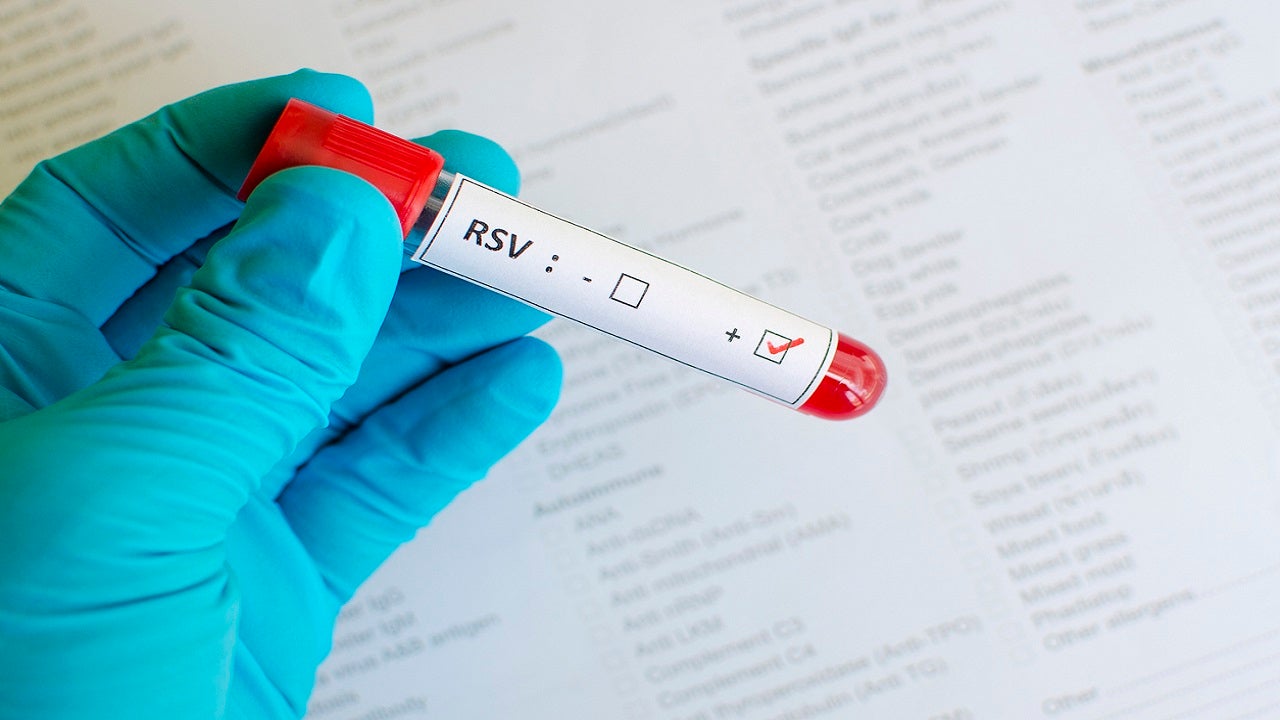Breaking news Thursday revealed former Vice President mike-pence” target=”_blank”>Mike Pence<rate. But what is this device and how does it work?
Pacemakers are small devices designed to regulate the heartbeat.
“A pacemaker is a small device used to treat some arrhythmias,” reads the National Heart, Lung and Blood Institute’s webpage. “During an arrhythmia, the heart can beat too fast, too slow, or with an irregular rhythm.”
The former vice president’s specific diagnosis included a so-called “asymptomatic left bundle branch block,” per a statement from his office. According to the Mayo Clinic, this is a common diagnosis and involves a “delay or blockage of electrical impulses to the left side of the heart,” sometimes complicating efficient blood flow.
FORMER VP PENCE UNDERGOES ROUTINE SURGERY TO IMPLANT PACEMAKER, OFFICE SAYS
Pence’s procedure was successful, with a full recovery expected in the coming days, per the statement.
Generally speaking, a pacemaker works by sending off electrical pulses to maintain a normal rate and rhythm. It can also synchronize the heart chambers for more efficient blood flow. Pacemakers can either be short- or long-term, which dictates where the device would be implanted; temporary devices are “normally inserted through a vein in the neck and remains outside your body,” whereas a more permanent solution would require an implant in the chest or abdomen with wires connecting to electrodes in at least one heart chamber, according to the subdivision under the National Institutes of Health.
The procedure typically involves a several hours long or overnight hospital stay, with a provider following up afterwards to monitor the device.
“Many people with pacemakers can return to their regular activities within a few days,” the NIH arm says, however it warns patients may need to avoid devices with “strong magnetic fields.” Apple had issued such a warning in March, saying iPhones have magnets, components and radios that release electromagnetic fields, which can potentially interfere with sensors on pacemakers and defibrillators when brought in close contact. The company advised keeping iPhones and MagSafe accessories, which offer wireless charging capabilities, more than 6 inches away.
Fox News’ Thomas Barrabi contributed to this report.









